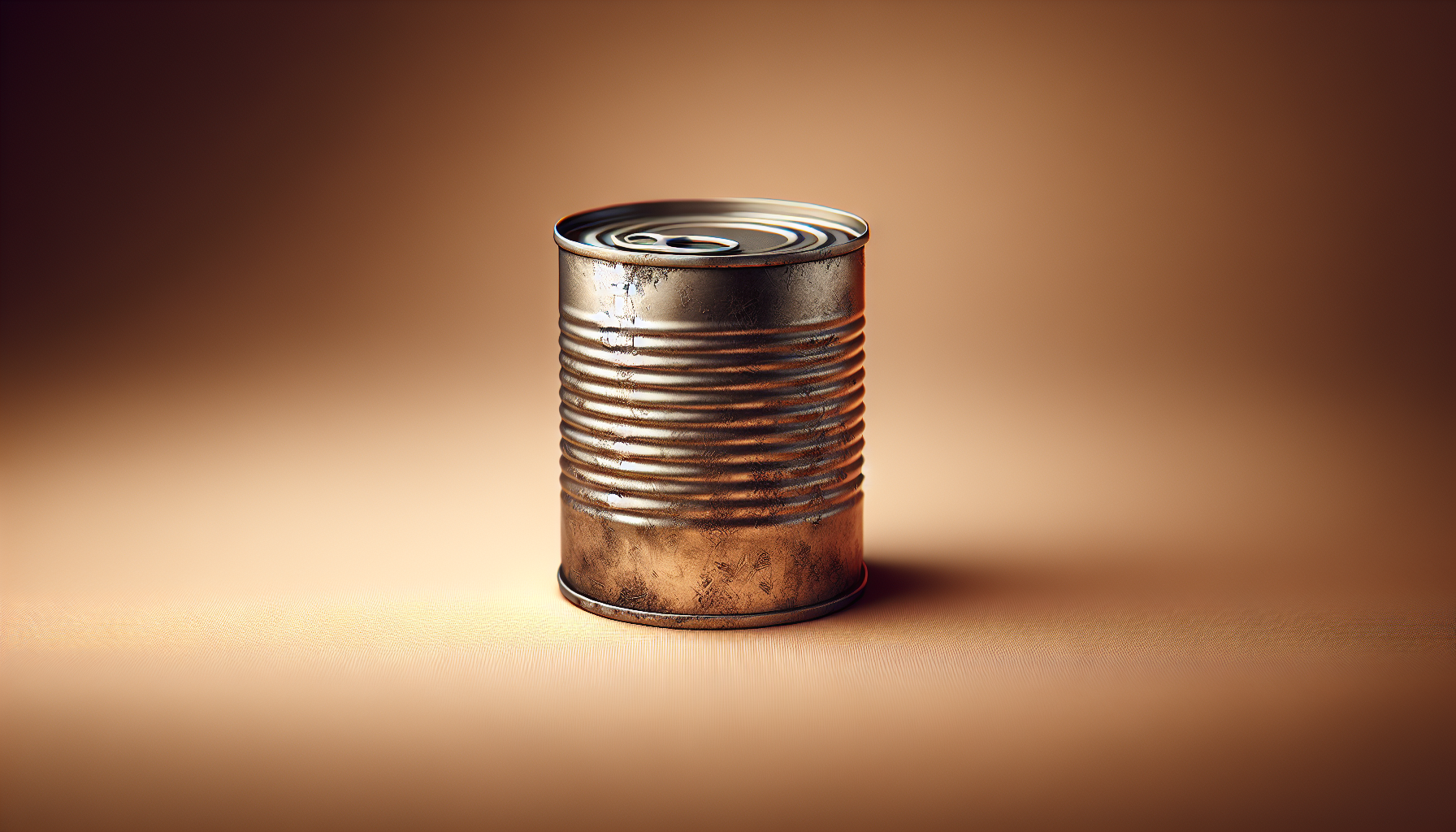Have you ever considered what you would do if your emergency food supply gets contaminated? It’s a situation no one wants to face, yet it’s crucial to know how to handle. An emergency food supply is your safety net when circumstances outside your control disrupt regular food availability. However, if this reserve is compromised, quick and effective action is required to protect your health and well-being. Let’s explore what steps you can take to manage such a predicament confidently.
Understanding Contamination
A key aspect you need to grasp is the concept of contamination. Contamination occurs when harmful substances make their way into your food supply, potentially causing illness. Contaminants can be biological, such as bacteria, viruses, and molds, or chemical and physical, like toxic substances and foreign objects. Vigilance and knowledge of these dangers can help you identify and address issues quickly.
Biological Contaminants
Biological contaminants include microorganisms like bacteria, viruses, and molds that can cause foodborne illnesses. These can grow under various storage conditions, especially if your food supply is exposed to moisture or not adequately sealed.
Identifying Biological Contamination
Symptoms indicating biological contamination in food may include an unusual odor or taste, visible mold, and changes in texture. If any of these signs are present, it’s wise to be cautious and not consume the food without further inspection.
Chemical and Physical Contaminants
Chemical contamination can result from exposure to hazardous substances, such as pesticides, cleaning agents, or even accidental chemical spills. Physical contamination involves foreign objects like metal shards, glass fragments, or plastic pieces finding their way into your emergency supplies.
Identifying Chemical and Physical Contamination
Signs of chemical contamination may not always be apparent, but a noticeable chemical smell or discoloration can be a warning. For physical contamination, check for any foreign particles or unusual objects within food packaging.
Immediate Actions to Take
When you suspect or confirm contamination, it’s important to act quickly to mitigate risks. The primary focus is to ensure food safety and prevent any health hazards.
Stop Consumption Immediately
Your first action should be to cease consuming any potentially contaminated food. Even if you suspect a portion of your food supply is contaminated, it’s better to err on the side of caution and halt all use until you determine which items are safe.
Isolate the Contaminated Food
Separating the contaminated items from your uncontaminated food supplies helps prevent cross-contamination. Seal these items in a separate container or area while assessing the extent and type of contamination.
Evaluate the Extent of the Issue
Determine whether the contamination affects a single item, a portion of your supplies, or the entire stock. This evaluation will inform your subsequent actions. Be thorough in your examination to ensure you don’t overlook a potential problem area.

Contamination Prevention Measures
Prevention is indeed the best course of action when it comes to contamination. Establishing strict preventive measures can keep your emergency food supply secure and reduce the likelihood of contamination occurring in the first place.
Proper Storage Practices
Store your emergency food in cool, dry, and dark places free from pests and excessive humidity. Use airtight containers and vacuum-sealed bags to prolong shelf life and keep contaminants at bay.
Regular Inspections
Regularly inspect your supplies for any signs of spoilage or damage. Routine checks help you detect issues early and take necessary measures to address them before they become significant problems.
Rotation and Inventory Management
Practicing first-in-first-out (FIFO) principles, where you use older supplies before newer ones, keeps your food fresh and within its optimal shelf life. Maintaining a detailed inventory helps you manage stock rotation effectively and keeps you informed of your supply status.
Decontamination and Disposal Methods
When encountering contaminated supplies, disposing of them safely and responsibly is essential. Proper disposal prevents environmental harm and keeps hazardous materials out of reach, minimizing risks to others.
Safe Disposal of Contaminated Food
For biological contamination, dispose of affected items in a sealed bag and discard them following local waste disposal guidelines. Chemical contamination, however, might require specialized disposal techniques according to local regulations to ensure chemicals do not harm the environment.
| Type of Contamination | Disposal Method |
|---|---|
| Biological | Seal in bags, discard with regular waste |
| Chemical | Follow local hazardous waste disposal |
Decontamination of Storage Areas
Cleaning and disinfecting storage areas after the removal of contaminated food are vital. Use appropriate cleaning agents that target the specific type of contamination to ensure safety and cleanliness for the remaining stock.

Replenishing Your Emergency Food Supply
Once you’ve addressed the immediate contamination issue, it’s time to focus on restocking your emergency supplies. A trusted and safe cache of supplies is essential for preparedness and peace of mind.
Selecting Safe Replacement Foods
Choose foods with a long shelf life, like canned goods, dried meals, and preserved meats. Confirm that packages are undamaged and the food is far from its expiration date. Considering a diverse supply will help maintain nutritional balance during emergencies.
Establishing Trusted Suppliers
Sourcing food from reliable suppliers gives you confidence in the quality and safety of your stock. Research and establish relationships with reputable vendors known for their commitment to food safety standards.
Building a Safer Food Storage Strategy
Reevaluating and improving your storage strategy can bolster your protection against future contamination threats.
Use of Proper Containers
Invest in food-grade storage containers and vacuum sealers to enhance your food’s longevity and safety. These prevent air and moisture exposure, which are primary contributors to spoilage and contamination.
Environmental Monitoring
Consider using humidity and temperature sensors in your storage areas. These devices can alert you to conditions that may compromise food safety, allowing for timely interventions.

Educating Yourself and Others
Knowledge about handling contaminated food supplies is not only vital for you but also beneficial when shared.
Training in Food Safety
Pursue educational resources or workshops on food safety practices. Being informed improves your capacity to take appropriate actions and minimizes risks of contamination.
Community Engagement
Engage in discussions with your community or networks to share insights and strategies on safe food storage and management. Collaborative learning can lead to more robust practices and collective safety enhancement.
By familiarizing yourself with these concepts and strategies, you’re better prepared to manage a food supply contamination scenario. Being proactive in prevention and swift in response can safeguard your health and ensure your emergency food stores serve their intended purpose. Remember, the more informed and prepared you are, the more confidently you can face any challenges that come your way.

